Volvo gears up for a new generation of electric vehicles

Volvo is in a good place right now. The Swedish company has made two bold gambles in the past decade; staking a claim on a different kind of car ownership model and a high-profile disavowal of two qualities that have underpinned high-end cars for decades, performance and dynamics. In other words, a Volvo is not a sporting car (although the company can have its cake and eat it, because performance is certainly in the domain of its very successful Polestar sub-brand). As a result, Volvo is now free to phase out the internal combustion engine, ramp up safety and innovation and get us all thinking about our cars in a very different way.
We recently drove the new XC40 Recharge, Volvo’s first and newest pure EV, an electrified version of the fine XC40 SUV. We also had a conversation with Robin Page, Volvo Cars’ Head of Design, and his team, about the C40, the XC40’s more coupe-like, compact sibling, due on sale before the end of the year. The XC40 is an extremely decent first effort, even when finished in a shade of pistachio that only exists in the fever dreams of Seventies cultists. Simply styled and well proportioned, it demonstrates that Volvo’s chunky aesthetics is seamlessly suited to the modern SUV, even though the car bizarrely feels a bit bigger than it looks when on the road.
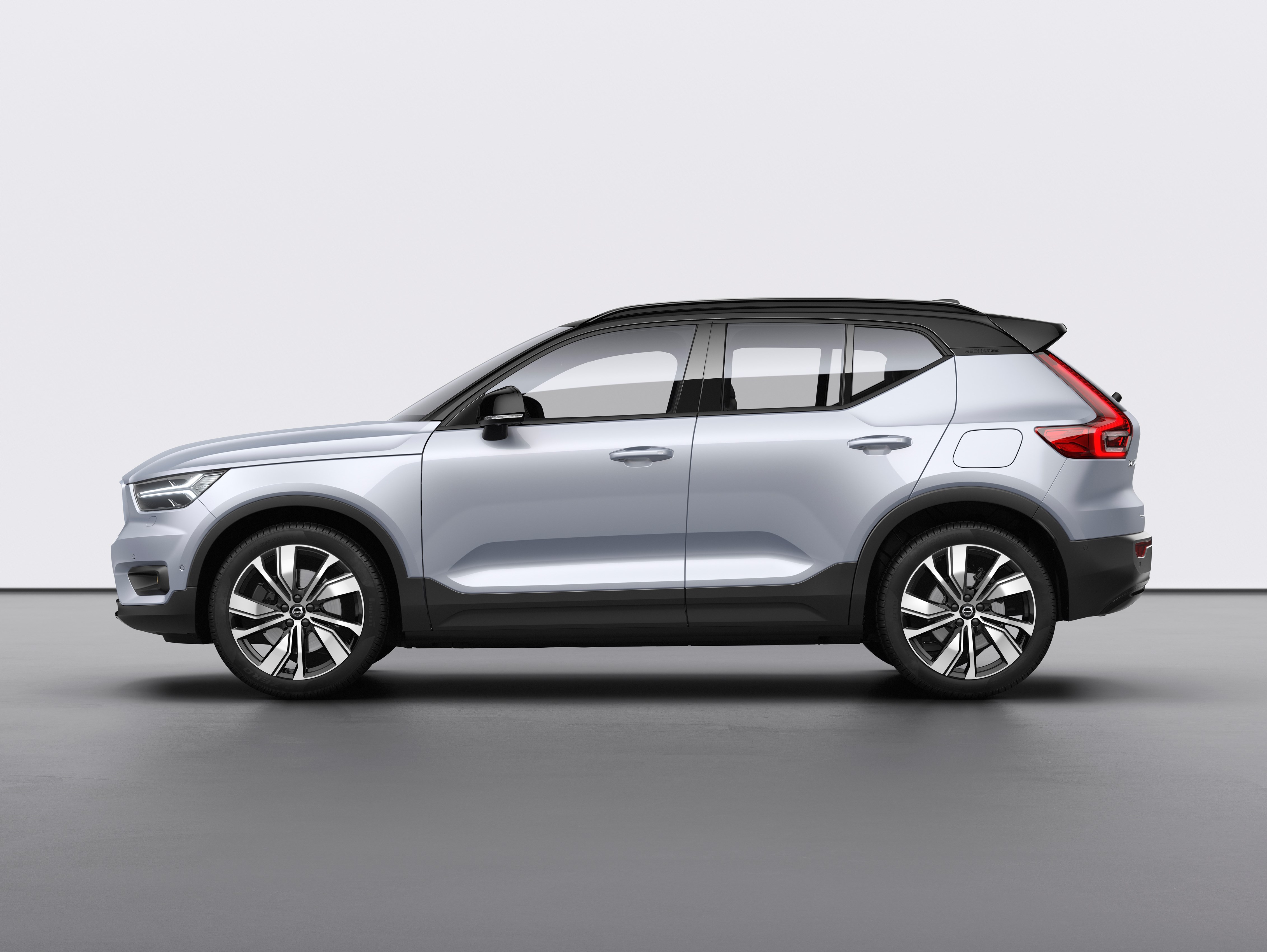
The Volvo XC40 Recharge is the company's first pure EV
True to the company’s new ethos, the XC40 eschews such fripperies as adaptable suspension or ‘sports’ mode, or even any other driving modes whatsoever. Instead, it is all about simplicity: just get in and go. With the key in your pocket, there isn’t even a ‘start’ button to push. Most strikingly, the XC40 does away with a conventional, highly visible range indicator and by default shows you only the percentage of battery you have left. This is presumably clever psychology, a way of doing away with range anxiety. If your trips are mostly short, it mostly works; on long journeys it’s a different matter. A week in the XC40 laid bare the ongoing frustrations with the UK’s charging infrastructure. Put simply, there are still nowhere near enough charging stations. Now that the majority of new EVs can accept fast charging (a minimum of 22Kw per hour), there’s no excuse to build new slow ones, yet the vast majority of chargers will still only charge your car at a trickle.
The XC40 is a great electric car that will only get better as the infrastructure catches up. Its new sibling, the C40, shares many components but has a sleeker body style. It’s also a bit more ambitious inside. According to Page, and his colleagues T. Jon Mayer, Senior Director, Exterior Design, and Lisa Reeves, Head of Interior Design, the C40 represents a transitional phase. ‘The front face, for example, because we no longer need a grill, can be closed so the front of the car has a cleaner design language,’ says Mayer, ‘Of course, we will still keep our iconic ‘hammer’ lights and the ‘iron mark’ diagonal logo.’ Aerodynamics is also a key consideration. ‘They’re so much more important on an electric vehicle. We now have aerodynamic experts in the design department, because the biggest impacts come from their involvement at the very start of the process.’

The Volvo XC40 Recharge is characterised by very straightforward design details
Page and his team acknowledge that ‘the benefits of electrification are really suited to Volvo’s philosophy.’ The combination of interior focus, innovation, clean, Scandinavian-inspired design, and safety can all be foregrounded by the move to EVs. Volvo is currently involved in more initiatives than most companies manage in a decade. These include a plan to de-carbonise the entire supply chain, as well as a commitment to ethically sourced materials, including ‘vegan’ interiors that are leather-free, as seen first on the C40 Recharge. The C40 also includes interior trim panels partly made from recycled plastic, with carpet formed out of recycled PET plastic bottles. All this is set against a backdrop of sales growth, which is especially remarkable given the state of the world’s auto industry after more than 18 months of pandemic.

The interior of the forthcoming Volvo C40 Recharge includes recycled materials
Good as the XC40 and C40 are, you can tell Volvo’s design team is champing at the bit to be let loose on a pure EV platform. A sample of the company’s forthcoming products can be seen in the new Concept Recharge. Previewing the next generation of Volvo’s fully electric cars, the production version of the Concept Recharge will be the first Volvo SUV on a pure electric platform, with completely flat floors and much expanded interior space. While the coach doors and individual business class-style seats might not make it to the showroom, all new Volvos will share this concept’s minimalist approach. Page describes it as ‘less but better,’ from the pared back front logo through to the Scandi-style living room interior. There’s also a place on the roof for next generation LiDAR sensors, part of Volvo’s relentless emphasis on safety. The future is coming fast down the road, and Volvo will be there to meet it.
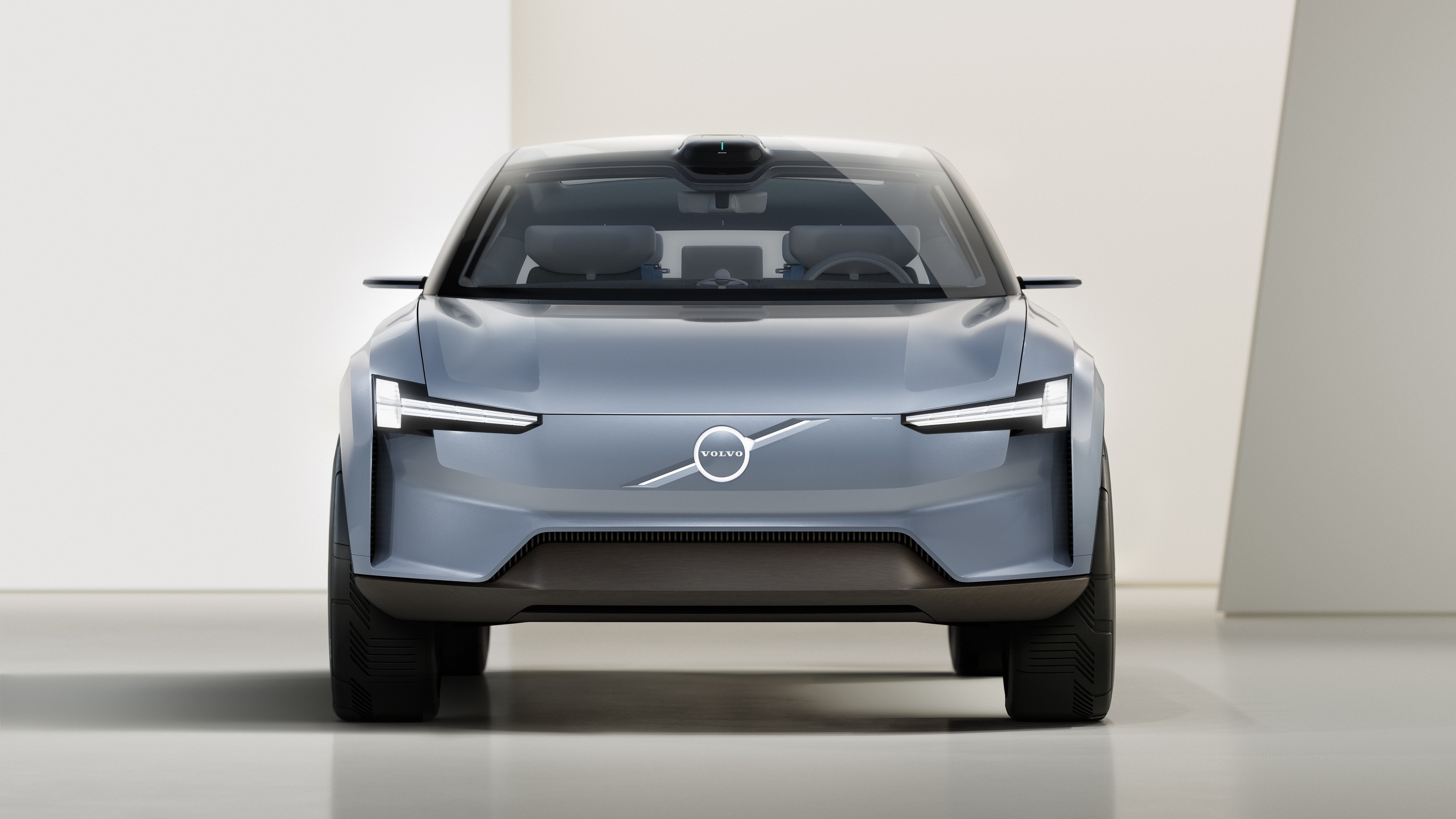
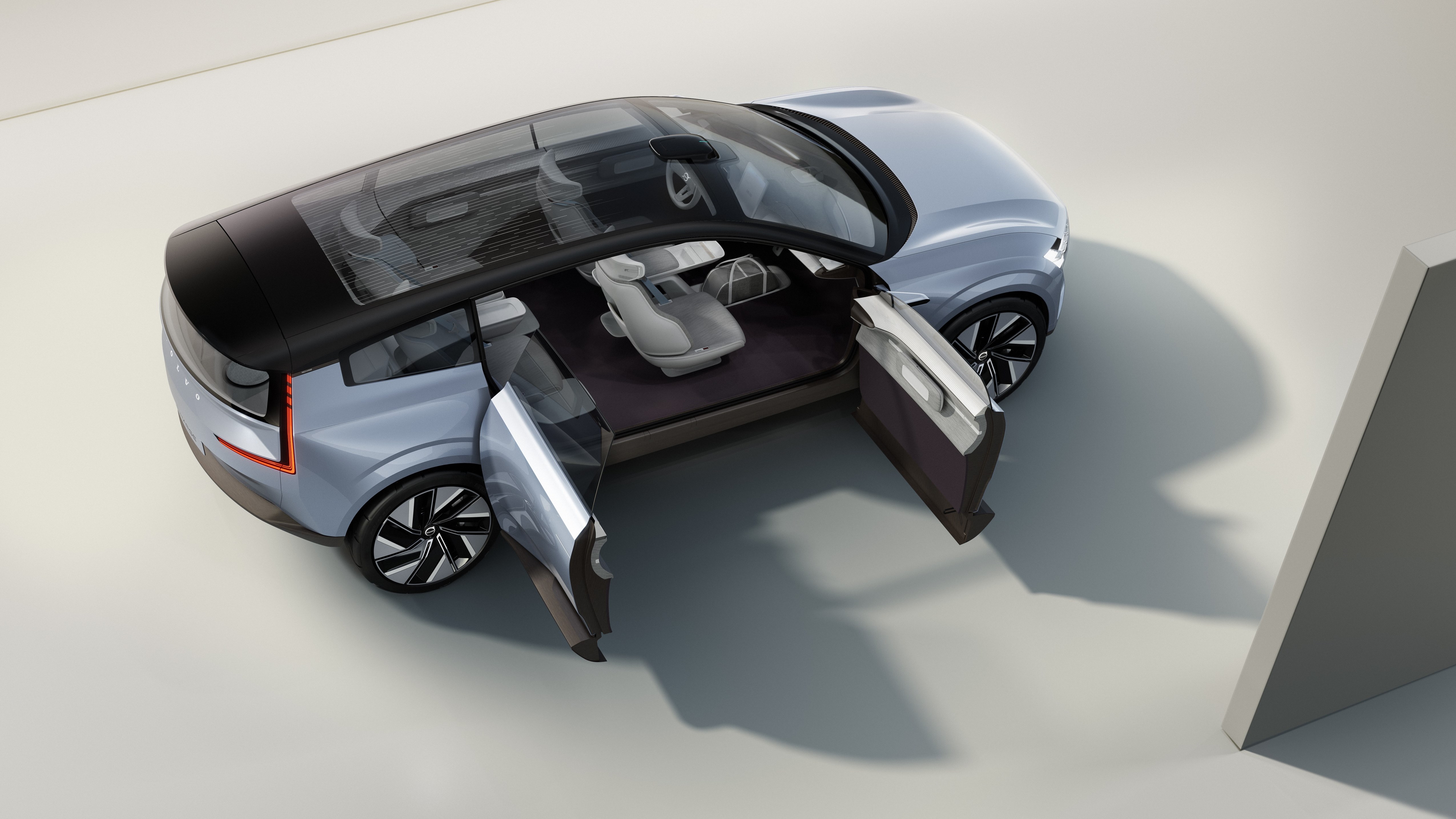
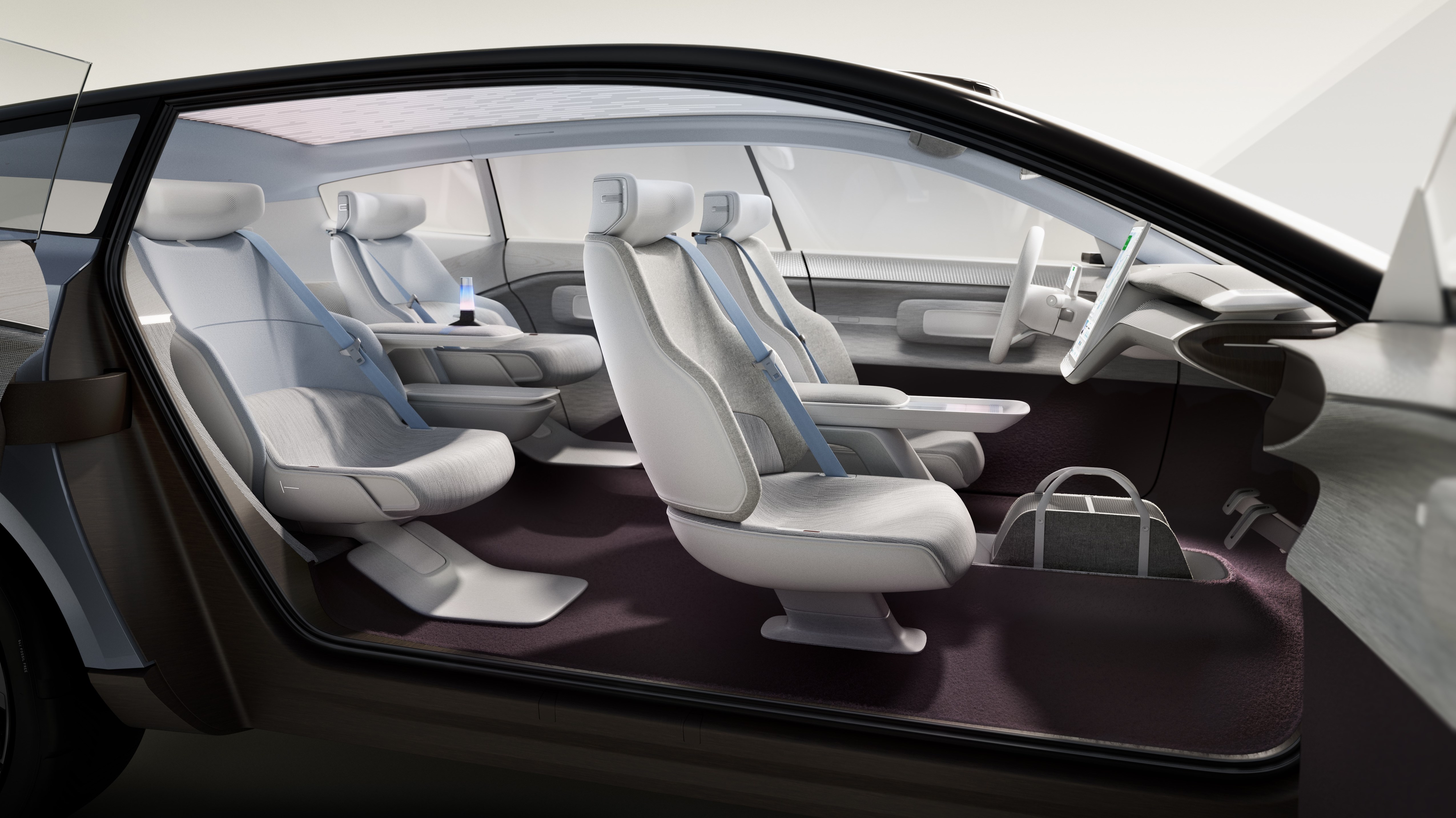
The Volvo Concept Recharge previews the company's next generation design language
INFORMATION
Volvo XC40, from £38,350
Volvo C40, price tbc
Receive our daily digest of inspiration, escapism and design stories from around the world direct to your inbox.
Jonathan Bell has written for Wallpaper* magazine since 1999, covering everything from architecture and transport design to books, tech and graphic design. He is now the magazine’s Transport and Technology Editor. Jonathan has written and edited 15 books, including Concept Car Design, 21st Century House, and The New Modern House. He is also the host of Wallpaper’s first podcast.
-
 Ten out-of-this-world design exhibitions to see in 2026
Ten out-of-this-world design exhibitions to see in 2026From contemporary grandes dames to legends past, and ‘non-human’ design: here are ten design exhibitions we’re looking forward to seeing in 2026
-
 Apple Music’s new space for radio, live music and events sits in the heart of creative LA
Apple Music’s new space for radio, live music and events sits in the heart of creative LAApple Music’s Rachel Newman and global head of workplace design John De Maio talk about the shaping of the company’s new Los Angeles Studio
-
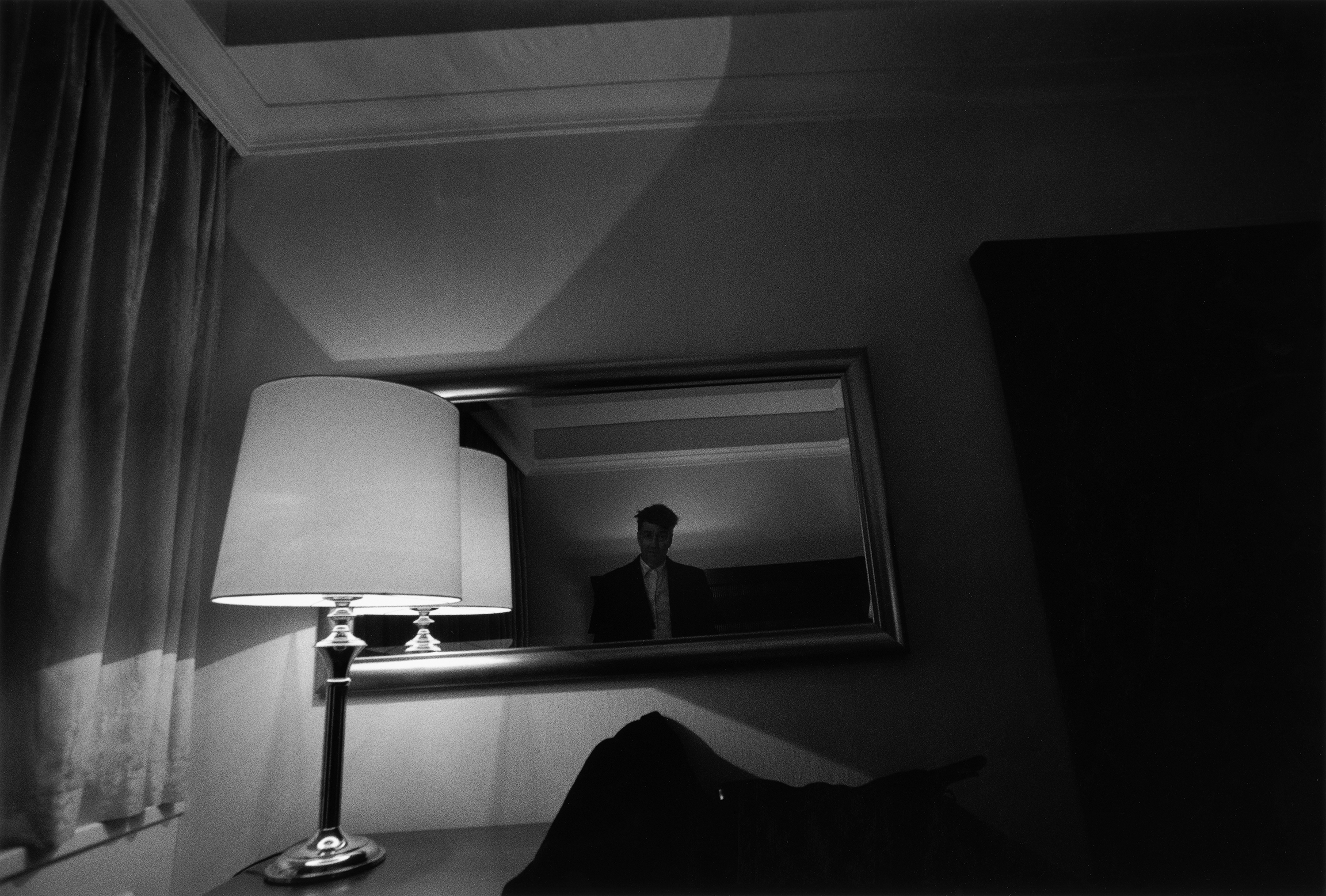 David Lynch’s photographs and sculptures are darkly alluring in Berlin
David Lynch’s photographs and sculptures are darkly alluring in BerlinThe late film director’s artistic practice is the focus of a new exhibition at Pace Gallery, Berlin (29 January – 22 March 2026)
-
 Volvo ES90 brings calm, quiet Scandi sophistication to the electric saloon car market
Volvo ES90 brings calm, quiet Scandi sophistication to the electric saloon car marketThe new Volvo ES90 is one of the few contemporary automobiles that could truly be described as quintessentially modernist. We take it for a ride
-
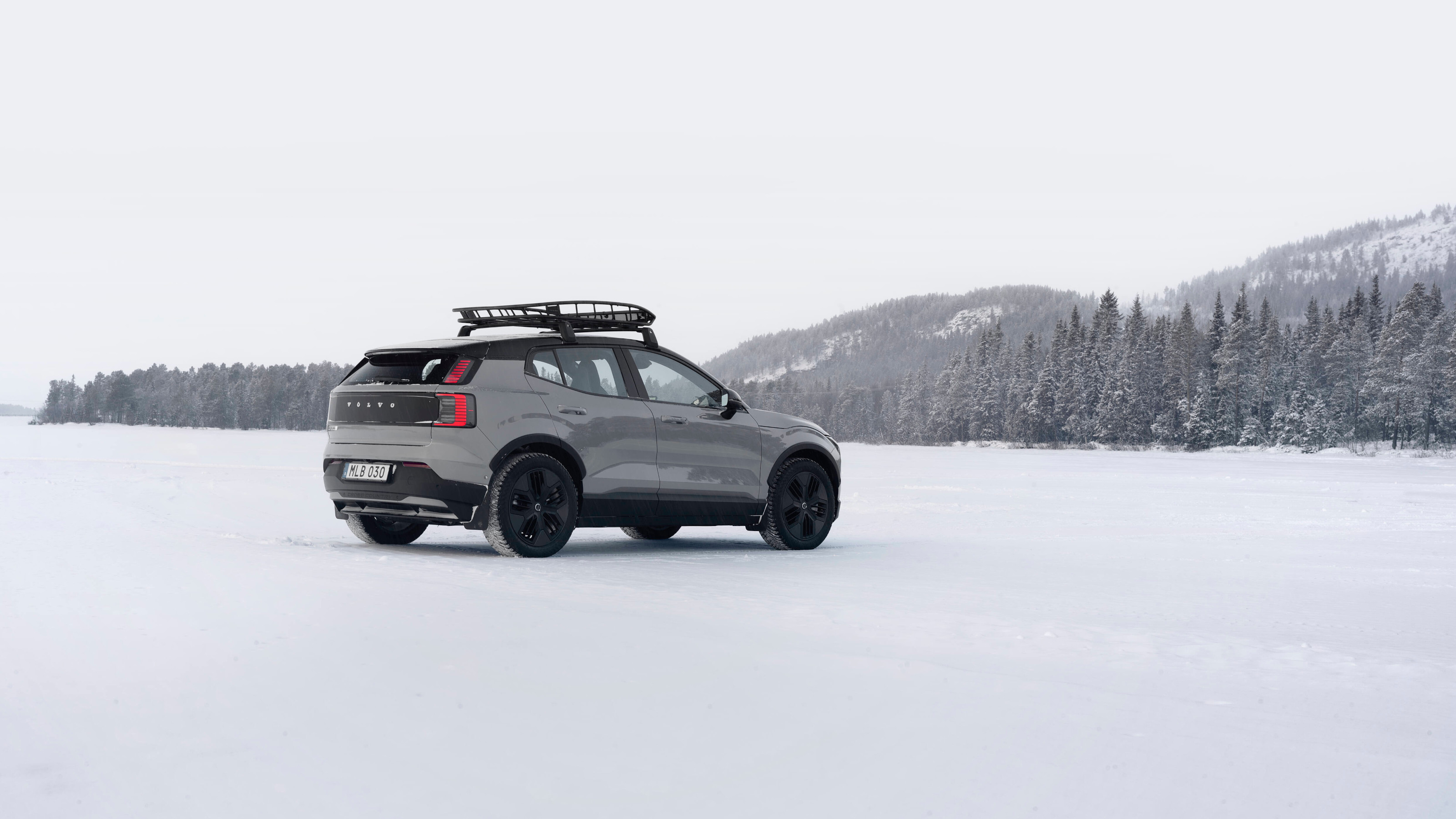 We review the Volvo EX30 Cross Country, a pocket off-roader EV with charm and ability
We review the Volvo EX30 Cross Country, a pocket off-roader EV with charm and abilityVolvo introduces the first Cross Country model of the electric age, an EX30 that’s been toughened up inside and out
-
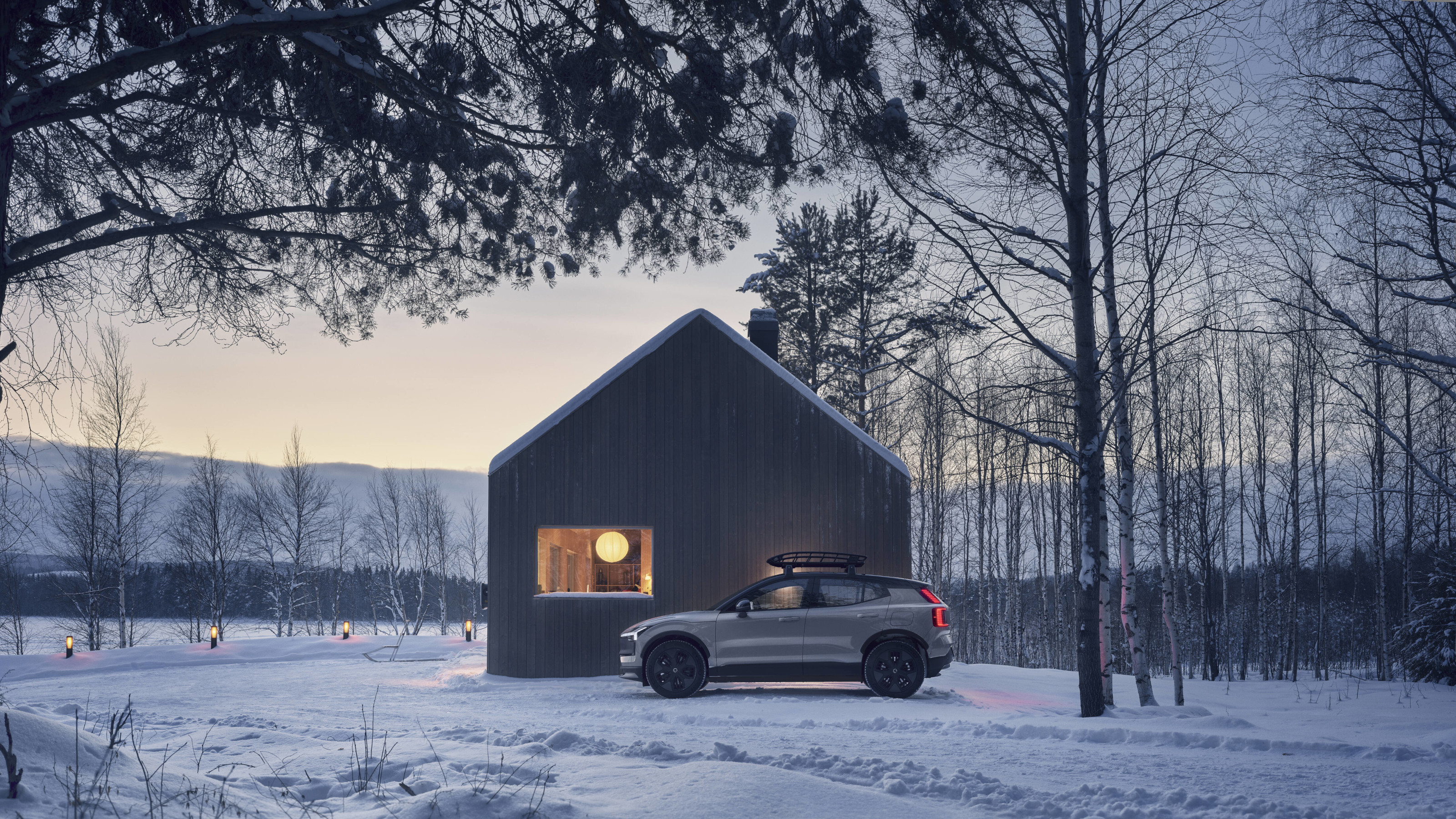 Volvo takes to the snowy Swedish wilderness to reveal its new EX30 Cross Country
Volvo takes to the snowy Swedish wilderness to reveal its new EX30 Cross CountryThe Volvo EX30 Cross Country is a chunkier sibling for one of our favourite small electric cars
-
 Volvo’s ultra-efficient EX30 compact EV gets its first real competition, the new Smart #3
Volvo’s ultra-efficient EX30 compact EV gets its first real competition, the new Smart #3We experience the highly rated Volvo EX30 and Smart’s most recent foray into pure electric cars, the #3. Which is the best executed small SUV?
-
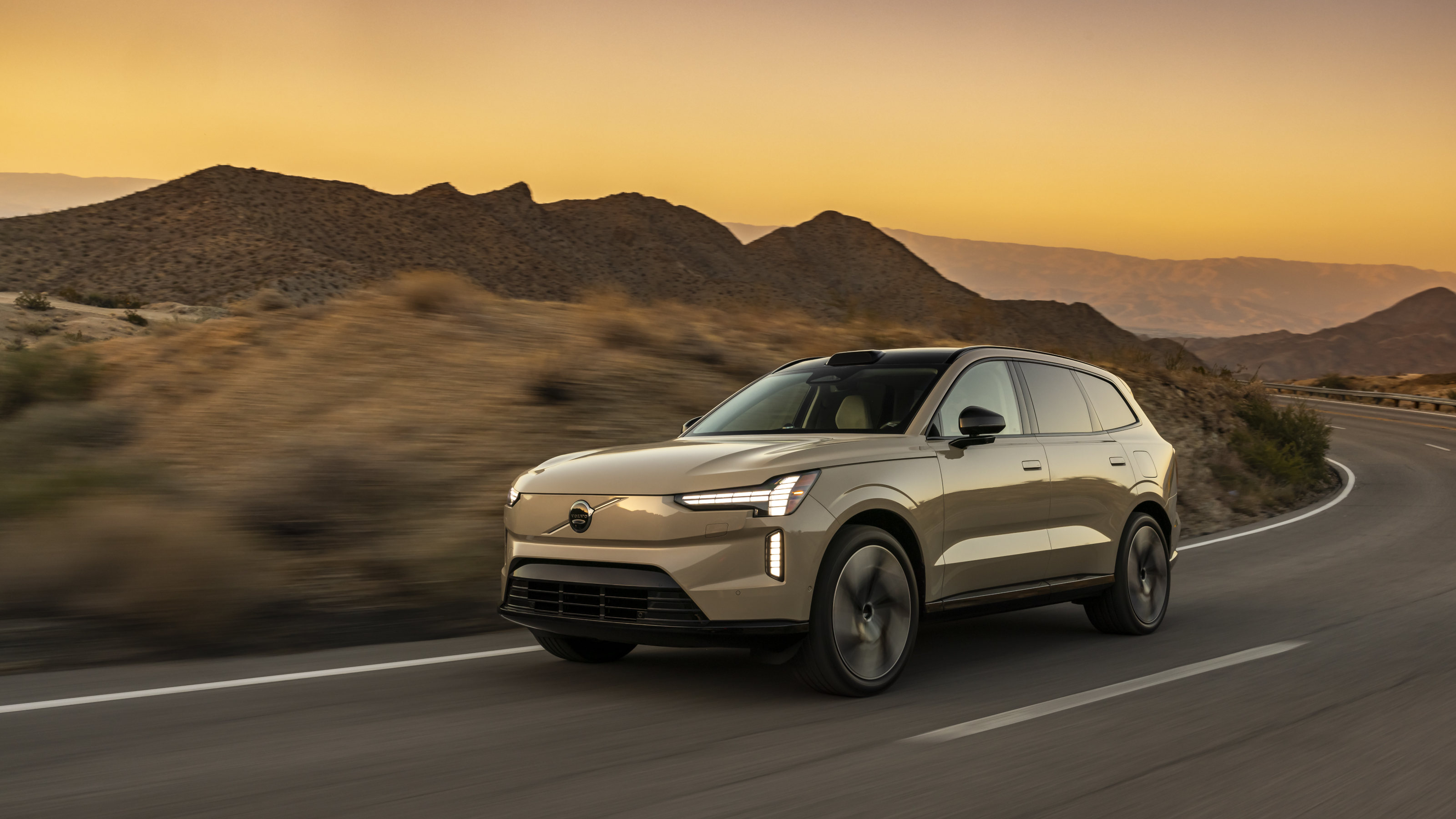 The new Volvo EX90 is the brand’s flagship EV. We take it for a spin in Newport Beach
The new Volvo EX90 is the brand’s flagship EV. We take it for a spin in Newport BeachVolvo might have broken out of the box, but it’s still a byword for solidity, simplicity and subtle charm
-
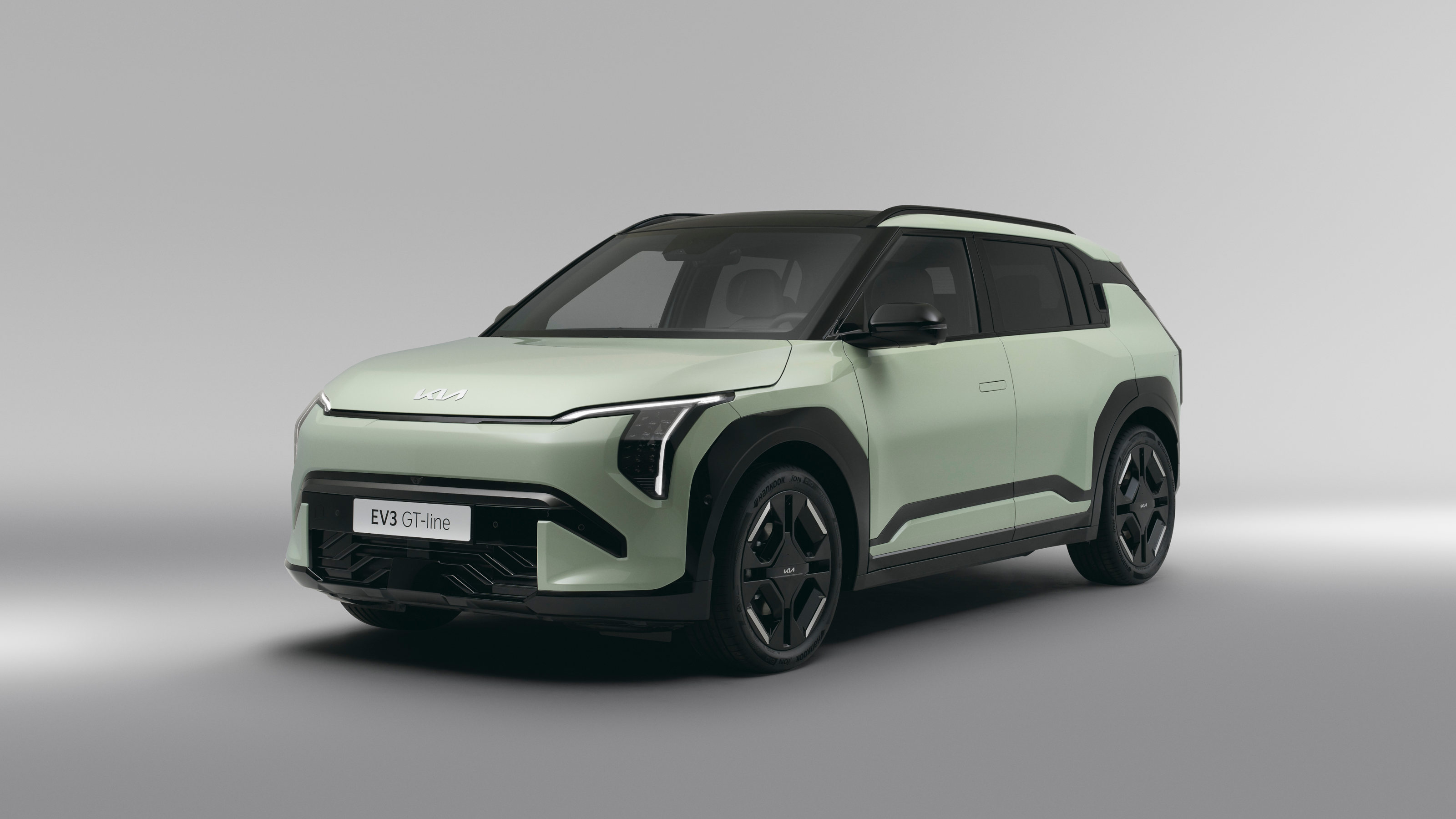 New Kia EV3 shows how the Korean brand’s bold aesthetic approach works at any scale
New Kia EV3 shows how the Korean brand’s bold aesthetic approach works at any scaleThe newly revealed Kia EV3 has all the chunky, geometric appeal of the bigger EV9 in a compact and clever package
-
 24 transportation design innovations for 2024
24 transportation design innovations for 2024From electric cars to new airports and sports boats, here’s a non-exhaustive list of 24 of the most interesting transportation design innovations to expect in the coming year
-
 Volvo EM90 is the brand’s all-electric first foray into the Multi-Purpose Vehicle
Volvo EM90 is the brand’s all-electric first foray into the Multi-Purpose VehicleSo far only China will get the new Volvo EM90 MPV; we think it has global potential